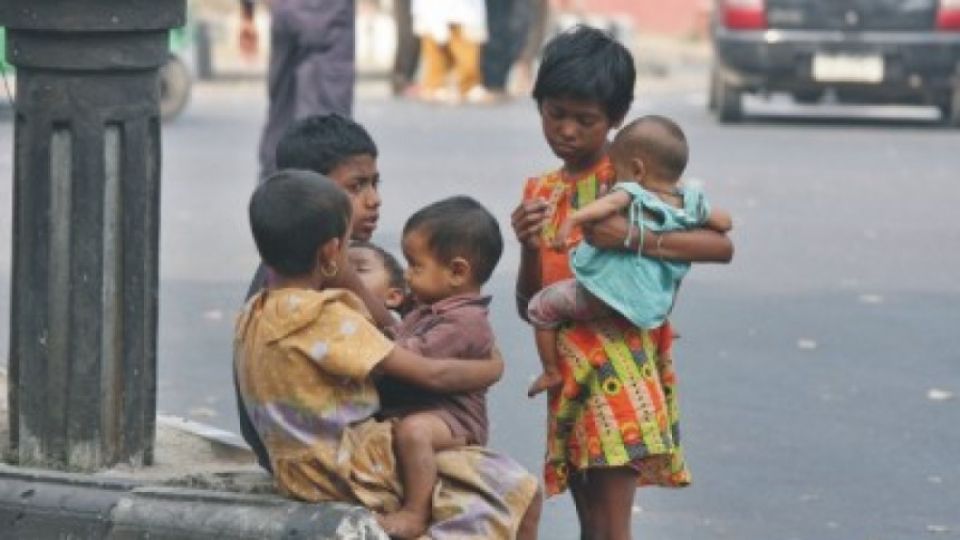October 28, 2022
DHAKA – One in every five children in Bangladesh is living with poverty and high climate risk, according to a new global report.
Styled “Generation Hope: 2.4 billion reasons to end the global climate and inequality crisis”, the Save the Children report said more than one crore children in Bangladesh are facing this double burden.
“A total of 21 percent of the total child population [in Bangladesh] are living with the dual impacts of poverty and high climate risk,” the report read.
It mentioned that the child population in Bangladesh is 53,407,032.
“So, the 11.1 million is 21 percent of the total child population.”
They are among the almost 350 million children across Asia, who are gripped by both grinding poverty and climate disaster, the report added.
Mostak Hossain, humanitarian director of Save the Children Bangladesh, said, the World Bank estimates that 20 million people will be the internal climate migrants in Bangladesh by 2050, and around 40 percent are children.
“One of the reasons they remain vulnerable is that we do not separately emphasise their situation in our planning process, strategies or guidelines.”
However, he said, it is a good thing that in the draft of the National Adaptation Plan, children and the youth in general are considered one of the most important vulnerable groups.
“Save the Children builds future climate leaders by working with students and youth climate organisations, so that they can be better equipped to address children’s vulnerability to future climate shocks.”
The report was developed by the Save the Children with climate modelling from researchers at the Vrije Universiteit Brussel, who found that 77.4 crore children from across the world fall into this high-risk group.
The country with the highest percentage of children impacted is South Sudan (87 percent), followed by the Central African Republic (85 percent) and Mozambique (80 percent).
The analysis revealed that India has the highest number of children both living in poverty and bearing the brunt of the climate crisis — up to 223 million in total.
It is followed by Nigeria and Ethiopia, with 58 million and 36 million children, respectively, living with this double burden.
Save the Children warned if the climate and inequality crises are not addressed with urgency, the frequency and severity of humanitarian and cost of living crises are set to soar.
To estimate the number of children affected by the dual crisis, Save the Children estimated the proportion of climate-affected children and poverty-affected children in 1,925 sub-national regions across 159 countries, covering 98 percent of the world’s child population.
A significant number of children — 121 million – experiencing the double threat of high climate risk and poverty are from higher income countries, with 28 million of them living in the world’s most affluent countries.
More than two out of five of these children (12.3 million) live in the US or the UK.
In addition, 183 million children across the globe face a triple threat — high climate risk, poverty and conflict.
Out of the total child population experiencing this, those in Burundi (63 percent), Afghanistan (55 percent), and the Central African Republic (41 percent) are the worst affected.
Inger Ashing, CEO of Save the Children International, said, “Across the world, inequalities are deepening the climate emergency and its impacts, most notably for children and low-income households.
“As leaders prepare to travel to the COP27 and G20 summits, they should have the rights and voices of children at the front of their minds. It is imperative that they secure ambitious outcomes, ensuring children have safe and meaningful ways to give their input in the decision-making process.”
She added that the world’s richest countries, whose historic emissions have driven the climate and inequality crisis, must lead the way in unlocking financing for the countries that are struggling to protect children from its impacts. This includes fixing the global debt relief system and climate financing, particularly for adaptation and loss and damage.


